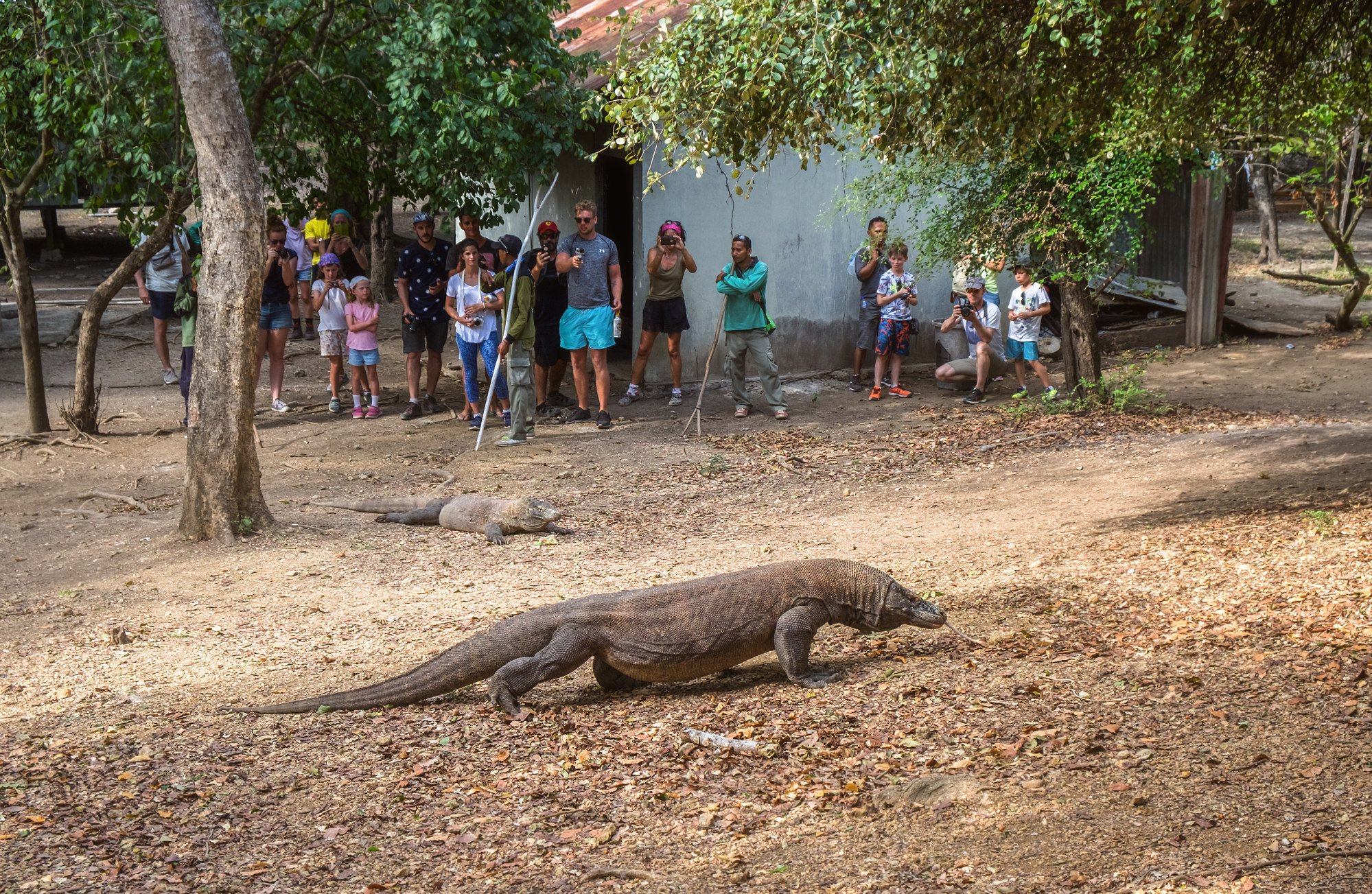Mount Rinjani tragedy puts spotlight on Indonesia’s adventure tourism safety
The death of Brazilian climber Juliana Marins follows a string of accidents at some of Indonesia’s most popular natural attractions

The death of a Brazilian woman who fell while climbing a volcano in Indonesia has renewed scrutiny of safety standards at the country’s adventure tourism hotspots, amid a string of recent accidents involving foreign visitors.
Juliana Marins, 26, fell some 600 metres (1,968 feet) while attempting to summit Mount Rinjani, a volcano on Lombok island, on Saturday. Her body was only recovered four days later after rescue efforts were hampered by dense fog, steep cliffs and unstable terrain.
The incident, which drew widespread attention in Brazil and on social media, is among several recent fatalities that have prompted calls for improved risk management at Indonesia’s ecotourism destinations.
Mount Rinjani, one of Indonesia’s most popular trekking destinations, has seen several serious accidents in the past year.
In May, a Malaysian tourist died after falling into a ravine. In late September, climbers near the summit required rescue after a severe fall, followed days later by a Russian man who fell 200 metres while climbing illegally and sustained severe injuries.

Marins’ family expressed frustration over the pace of rescue efforts, claiming she could have survived if help had reached her sooner.
“Juliana suffered severe neglect by the rescue team. Juliana would still be alive if the team had gotten to her within the estimated time of 7 hours,” her family wrote on Instagram, where a memorial account has drawn more than one million followers.
Indonesian authorities have offered condolences and defended the rescue efforts, noting the significant logistical and environmental challenges. Steep volcanic ridges, thick fog and loose rock made access and anchor placement nearly impossible in some areas, officials said.
Indonesia’s Minister of Tourism and Creative Economy, Widiyanti Putri Wardhana, acknowledged the incident’s impact and reaffirmed the government’s commitment to visitor safety.
“We sincerely hope this [incident] will be the last. Just one incident can significantly impact Indonesia’s tourism image on the global stage,” she said at a press briefing on Tuesday, according to state broadcaster Radio Republik Indonesia.
Authorities have since closed the trail used by Marins’ group to assess risks and review protocols.
In Komodo National Park, a 30-year-old Chinese tourist drowned on June 18 at Pink Beach after reportedly removing her life jacket to pose for photos and being swept about 30 metres offshore by strong waves, according to authorities and her tour guide.
The guide recalled warning her to put the life jacket back on, and CPR was administered on the beach before she was taken to a local clinic, where she was pronounced dead.

In response, park officials have stepped up enforcement of safety protocols, including mandatory life jackets for all water activities and stricter supervision at high-risk sites.
Tour operators are now required to conduct safety briefings and monitor visitor compliance more closely.
Indonesia manages safety at its natural tourism sites through a structured framework overseen by both national and local authorities.
High-risk destinations – such as Mount Rinjani and Komodo National Park – fall under national or provincial supervision, while lower-risk areas are managed by city or regency authorities.
Tour operators are obliged to conduct pre-activity safety briefings, enforce protective measures like life jacket use and trail access rules, and coordinate with rescue and emergency services.